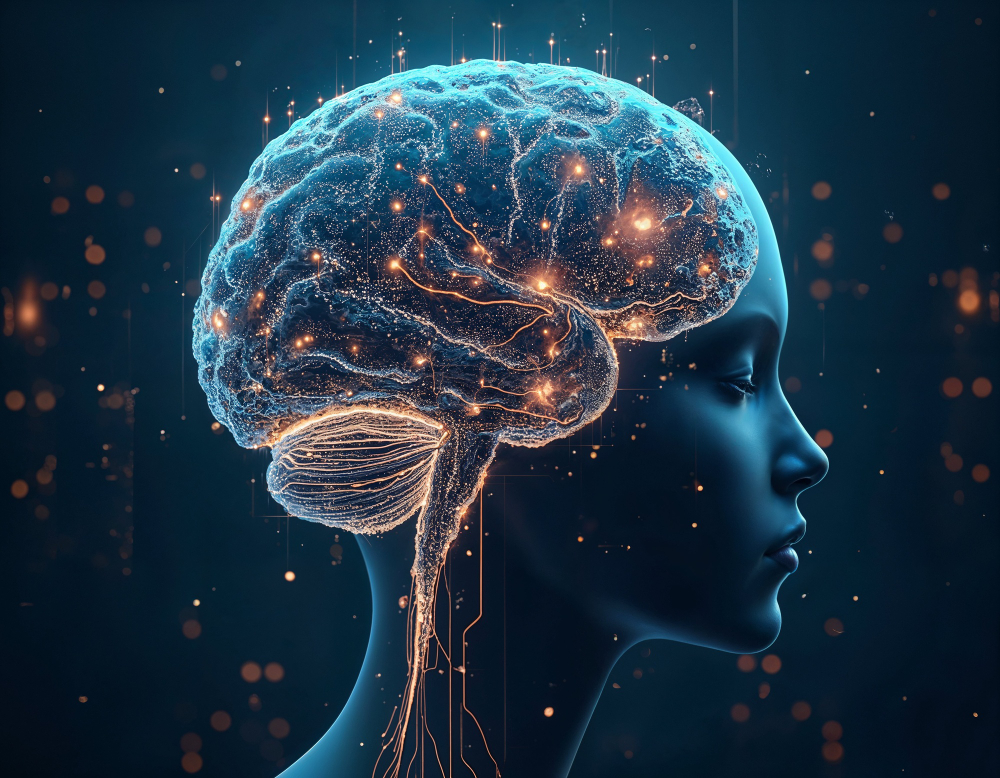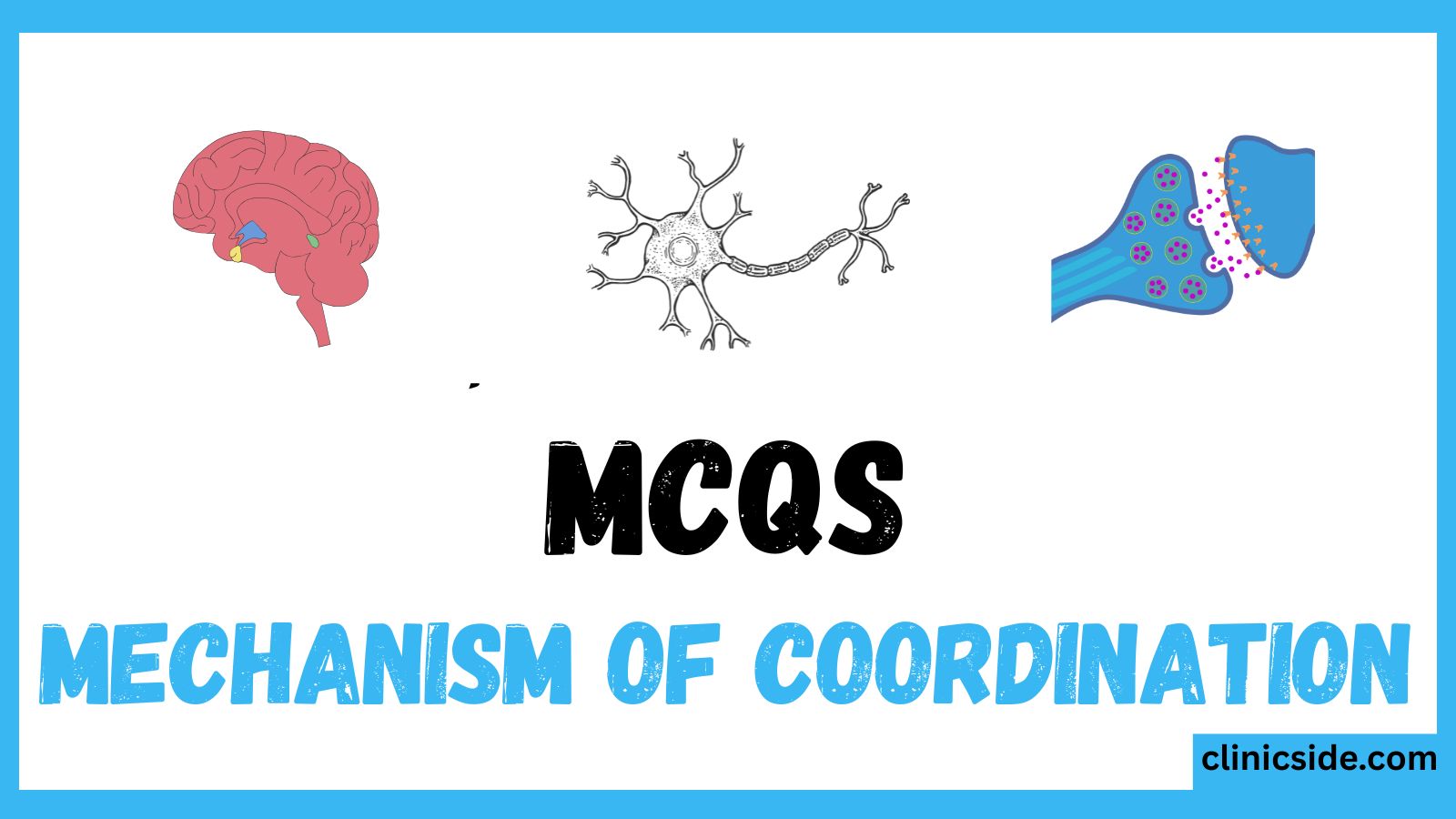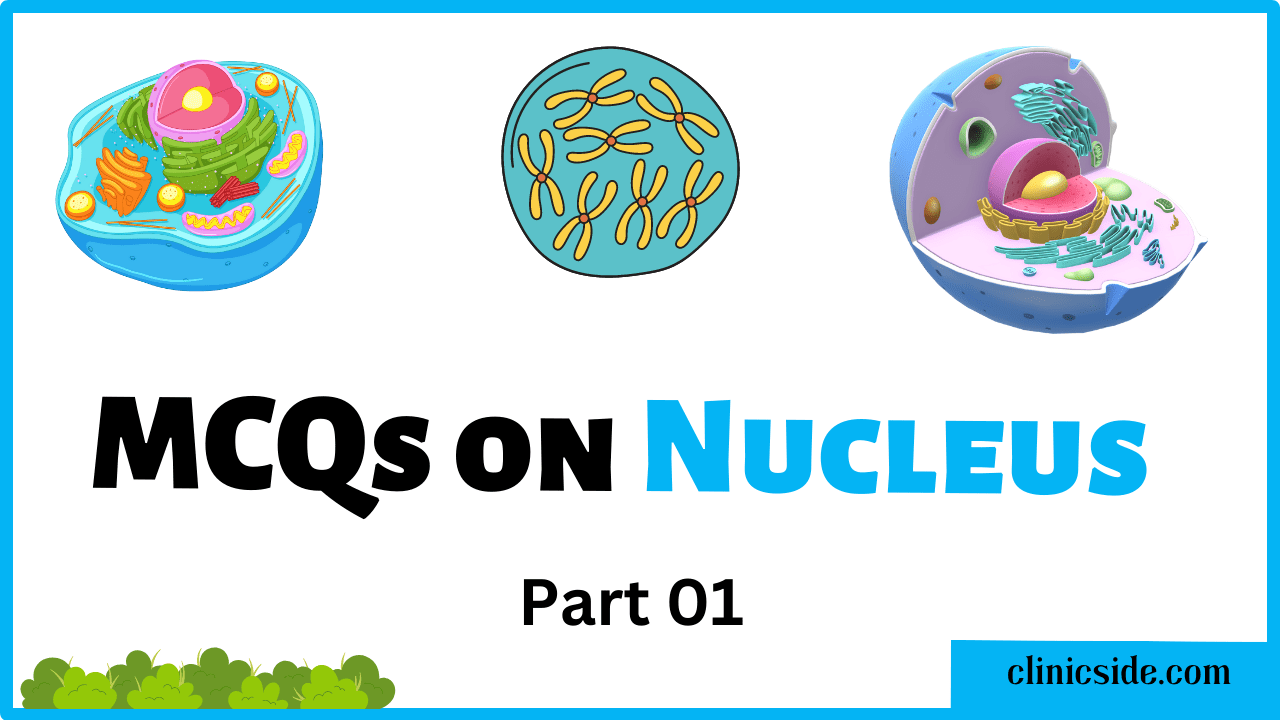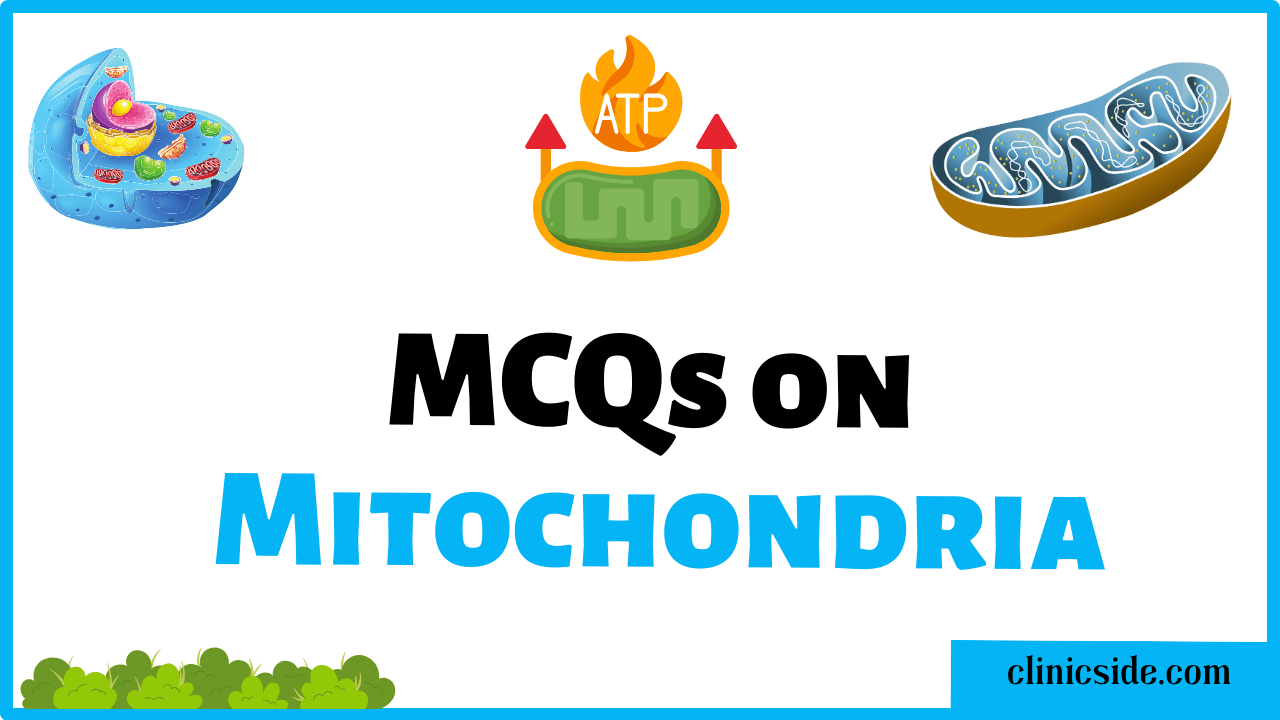The mechanism of coordination is a fascinating biological process that ensures all organs of the body work together harmoniously. In living organisms, every activity from breathing to thinking requires perfect coordination between different systems. The mechanism of coordination in humans mainly involves two systems: the nervous system and the endocrine system.
Quiz
Available options: 1 to 20
What is Coordination?
Coordination is the process through which different organs and systems of the body work together efficiently to perform complex functions. The mechanism of coordination helps maintain homeostasis, ensuring that internal conditions remain stable despite external changes.

Phases of the Mechanism of Coordination
The mechanism of coordination in humans occurs in three main phases : Reception, Processing, and Response. These phases ensure that the body can detect changes, analyze information, and take proper action.
1. Reception Phase
The Reception Phase is the first step in the mechanism of coordination.
In this phase, receptors present in different parts of the body detect stimuli (changes in the environment). These stimuli may be external (like sound, light, or temperature) or internal (like blood pressure or glucose level).
Example:
When you touch a hot object, heat receptors in your skin immediately sense the high temperature. This is the reception phase in action.
Key Points:
- Detects stimuli through sensory organs.
- Converts the stimulus into nerve impulses.
- Sends impulses to the brain or spinal cord for interpretation.
The reception phase ensures that the mechanism of coordination begins by gathering accurate information about what’s happening inside or outside the body.
2. Processing Phase
The Processing Phase is the second stage in the mechanism of coordination, where the brain or spinal cord analyzes the information received from sensory neurons.
This phase is responsible for interpreting, deciding, and coordinating the correct response. It involves complex interactions between neurons, synapses, and brain centers.
What Happens Here:
- The brain receives the message from sensory neurons.
- The information is processed and compared with stored data or past experiences.
- The central nervous system (CNS) decides the best possible reaction.
For instance, when your skin senses heat, your brain instantly processes the signal and decides that your hand must move away — a result of the processing phase of the mechanism of coordination.
Key Points:
- Occurs in the Central Nervous System (CNS).
- Involves interpretation and decision-making.
- Converts received information into motor commands.
3. Response Phase
The Response Phase is the final stage of the mechanism of coordination.
Once the brain decides what to do, it sends motor impulses to the effector organs (muscles or glands). These effectors then perform the action — this is the visible or measurable response.
Example:
Continuing our earlier example, the brain sends a message to your hand muscles to pull back from the hot surface. That quick movement is part of the response phase.
Key Points:
- Carried out by motor neurons.
- Effectors (muscles or glands) act accordingly.
- Converts decisions into actions or movements.
Summary Table of Coordination Phases
| Phase | Main Function | Involved Structures | Example |
|---|---|---|---|
| Reception Phase | Detects stimulus | Receptors, sensory neurons | Sensing heat |
| Processing Phase | Interprets and decides response | Brain, spinal cord | Decision to move hand |
| Response Phase | Executes the action | Motor neurons, muscles | Hand moves away |
Without proper coordination between these phases, body functions would become unorganized and unbalanced.
Mechanism of Coordination through the Nervous System
The nervous system is the fastest way the body coordinates its actions. It works through electrical impulses transmitted by neurons.
This system includes:
- Brain – the control center that interprets information and sends commands.
- Spinal Cord – a communication bridge between brain and body.
- Nerves – carry messages to and from organs.
When you touch a hot object, the mechanism of coordination allows your sensory neurons to send a signal to the brain. Instantly, motor neurons trigger your hand to move away. This rapid response is part of the nervous coordination mechanism.
Mechanism of Coordination through the Endocrine System
Unlike the nervous system, the endocrine system controls body activities more slowly through hormones. Hormones are chemical messengers secreted by glands directly into the bloodstream.
Major glands involved in the mechanism of coordination include:
- Pituitary gland – “master gland” that controls other glands.
- Thyroid gland – regulates metabolism.
- Adrenal glands – manage stress responses.
- Pancreas – controls blood sugar levels.
- Gonads (Testes/Ovaries) – control sexual development and reproduction.
Through these hormones, the mechanism of coordination maintains long-term processes such as growth, development, and metabolism.
Integration of Nervous and Endocrine Systems
The mechanism of coordination is most effective when the nervous and endocrine systems work together.
For example, when you face stress:
- The nervous system instantly sends a message to the adrenal glands.
- The glands release adrenaline, preparing your body for “fight or flight.”
This integrated mechanism of coordination keeps your body balanced and responsive to changing conditions.
Importance of Coordination in Living Organisms
The mechanism of coordination is vital because it:
- Maintains internal balance (homeostasis)
- Ensures organs do not work in conflict
- Enables adaptation to external stimuli
- Controls voluntary and involuntary actions
- Promotes survival and efficiency of the organism
Without an efficient mechanism of coordination, the body would fail to respond properly to the environment.
Summary
| System | Mode of Coordination | Speed | Example |
|---|---|---|---|
| Nervous System | Electrical impulses | Fast | Reflex action |
| Endocrine System | Hormonal secretion | Slow | Growth control |
The mechanism of coordination is an intricate and balanced process that integrates electrical and chemical signals to maintain order and harmony in the body.





